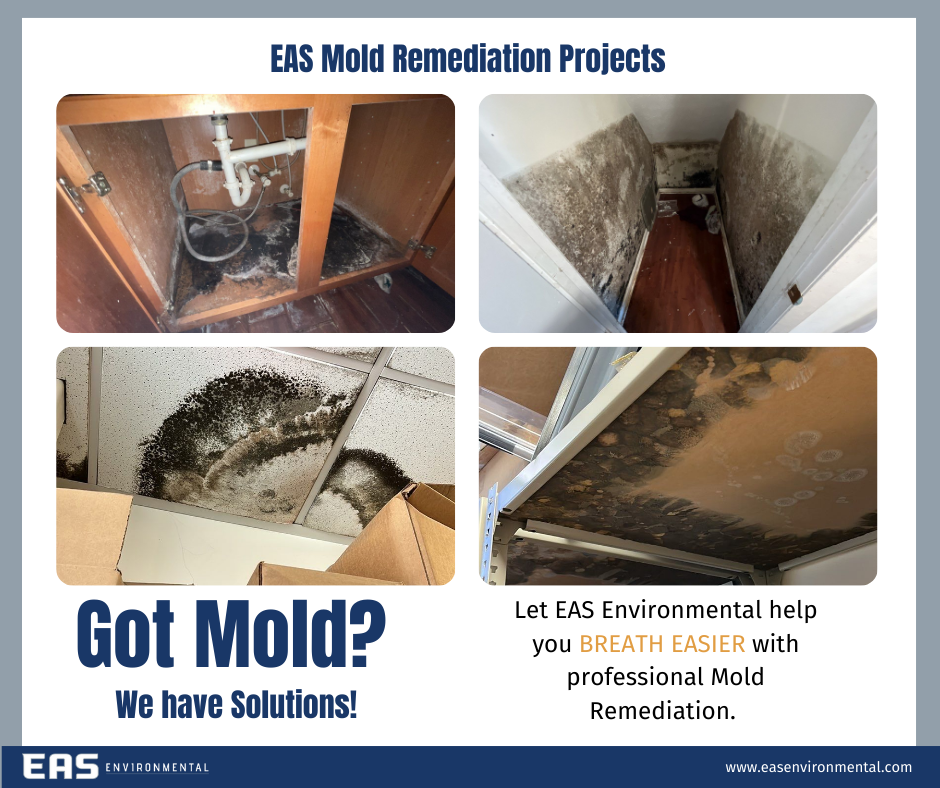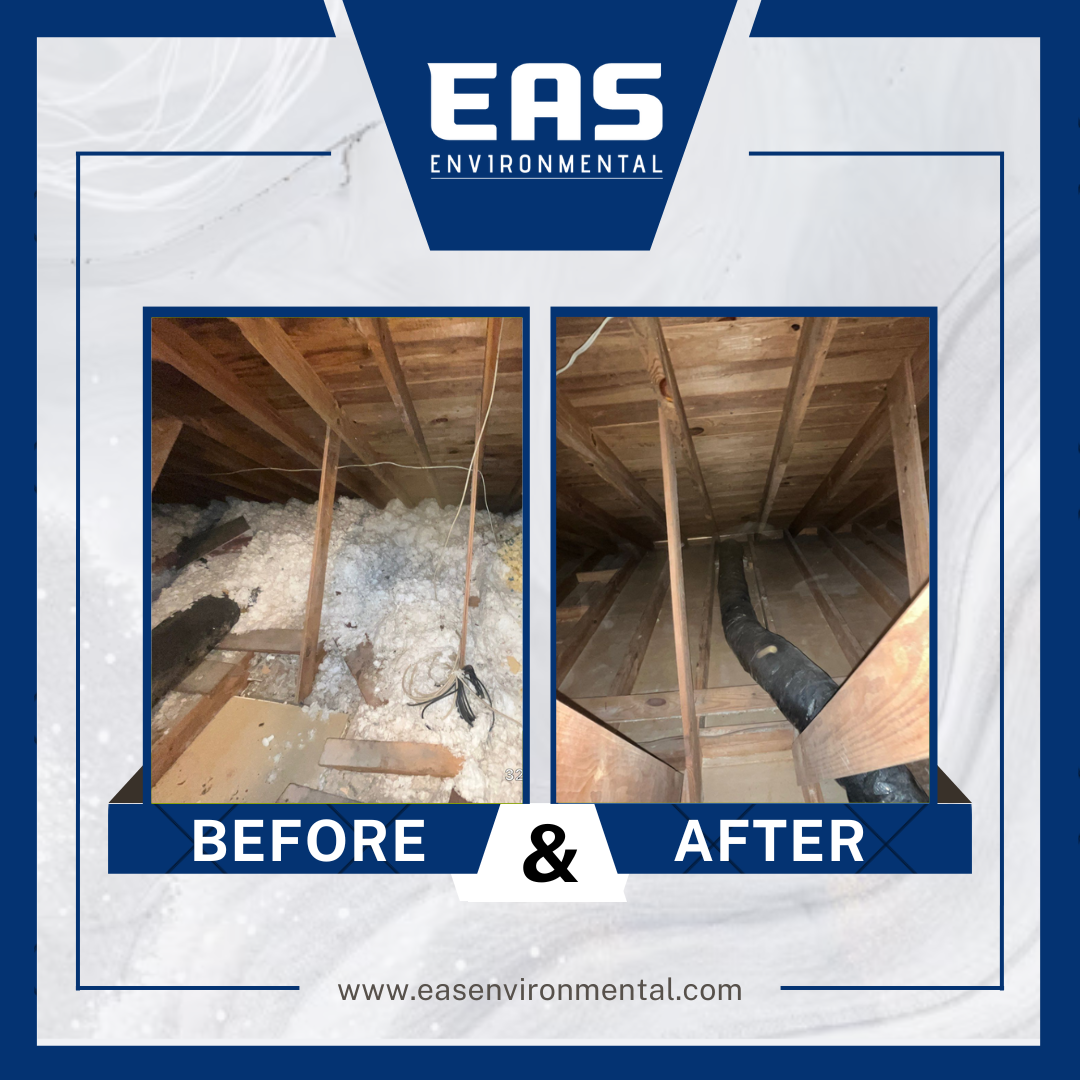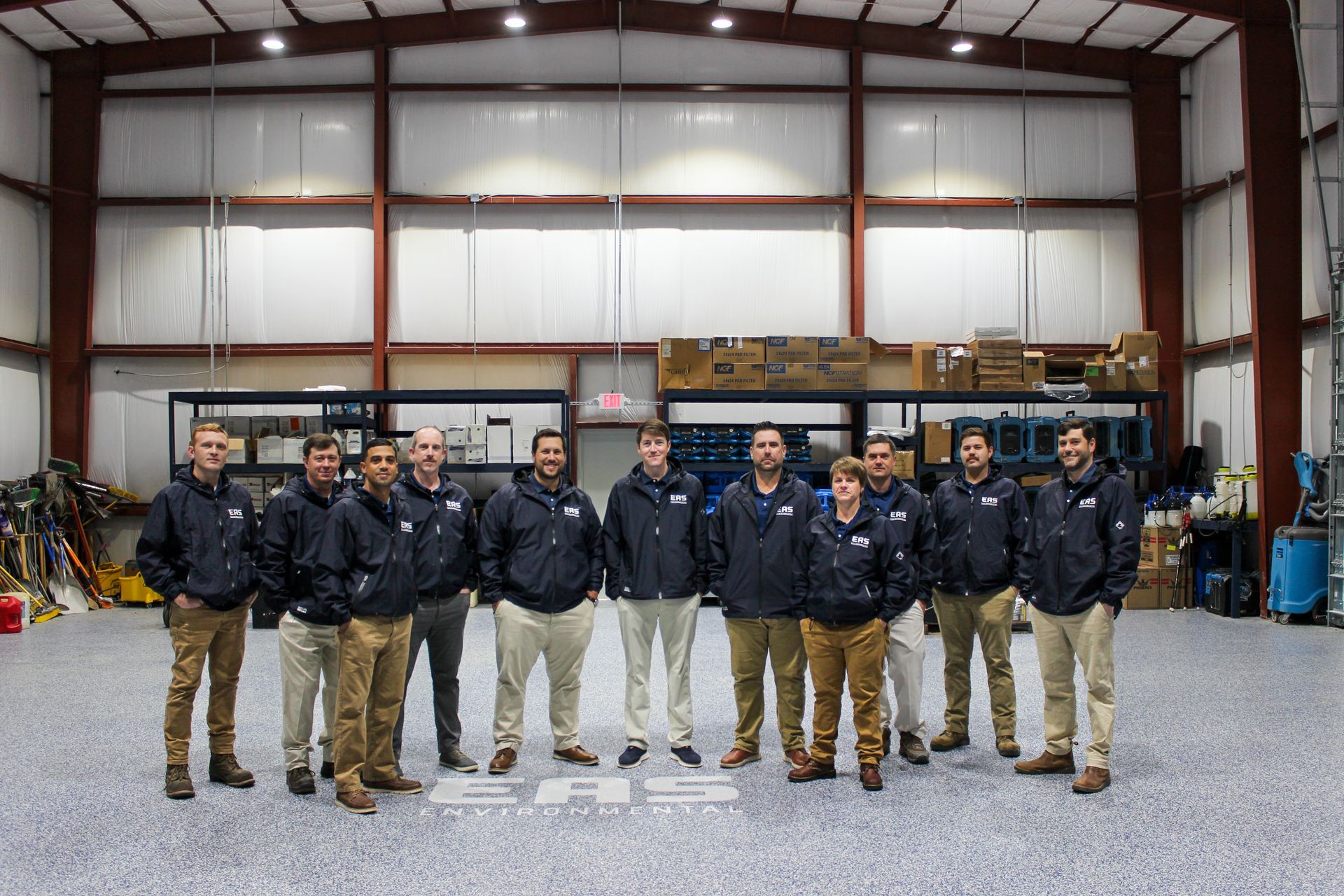
Welcome to our comprehensive blog post that delves into a crucial aspect of home maintenance: "Comprehensive Guide to Choosing and Installing a Crawl Space Moisture Control Barrier." Crawl space moisture control barriers play a significant role in protecting your home from issues like mold growth, structural damage, and compromised air quality. In this guide, we'll provide you with valuable insights on selecting the right barrier and walk you through the installation process, ensuring that you're equipped with the knowledge to create a healthier and more resilient living environment.
Evaluating Your Needs: Factors to Consider When Choosing a Crawl Space Moisture Control Barrier
Choosing the right crawl space moisture control barrier requires a thoughtful evaluation of various factors to ensure optimal results. In this blog post, we'll explore the key considerations you should keep in mind when selecting a barrier that best suits your home's needs, providing you with a solid foundation for effective moisture management.
Climate and Environmental Conditions
The climate and environmental conditions in your area play a significant role in determining the type of moisture control barrier you need. If you live in a humid region, for instance, a vapor barrier with high moisture resistance is essential to prevent excess humidity from infiltrating your crawl space. Similarly, if your area experiences heavy rainfall, a barrier with strong water resistance can effectively divert water away from your home's foundation. Understanding your local climate patterns is crucial in choosing a barrier that can withstand the challenges posed by the weather.
Barrier Material and Construction
Moisture control barriers come in various materials, each with its own advantages. Polyethylene vapor barriers are commonly used due to their durability and resistance to moisture. When evaluating material options, consider the thickness of the barrier as well, as thicker materials generally offer better protection. Additionally,
assess the barrier's construction, including features like puncture resistance and tear strength, as these factors contribute to its overall effectiveness. By evaluating your specific climate, the barrier's material, and its construction, you can make an informed choice that aligns with your crawl space's unique needs, ensuring efficient moisture management and long-term protection for your home.
Types of Crawl Space Moisture Control Barriers: Which One Is Right for Your Home?
When it comes to crawl space moisture control barriers, there's a range of options available, each designed to address specific moisture-related challenges. In this blog post, we'll explore the different types of moisture control barriers and help you determine which one is the best fit for your home, ensuring effective protection against moisture-related issues.
Vapor Barriers
Vapor barriers are perhaps the most commonly used type of moisture control barrier. They are designed to prevent the infiltration of moisture vapor into your crawl space. Typically made of polyethylene, vapor barriers are installed on the floor and walls of the crawl space to create a barrier that resists the passage of moisture. Vapor barriers are especially effective in areas with high humidity levels, as they help maintain a drier environment and prevent condensation that can lead to mold growth and structural damage.
Encapsulation Systems
Encapsulation takes moisture control a step further by creating a sealed and controlled environment in the crawl space. This involves using a combination of vapor barriers, insulation, and sealing materials to completely isolate the crawl space from the outside elements. Encapsulation not only prevents moisture infiltration but also improves energy efficiency and indoor air quality. It's an excellent option for homes that require comprehensive moisture management, particularly in areas prone to excessive humidity, flooding, or moisture-related issues. By understanding the various types of moisture control barriers available, you can make an informed decision that aligns with your home's specific needs and effectively shields your crawl space from the damaging effects of excess moisture.
Step-by-Step Installation: How to Properly Install a Crawl Space Moisture Control Barrier
Proper installation of a crawl space moisture control barrier is essential to ensure its effectiveness in preventing moisture-related issues. In this blog post, we'll guide you through a step-by-step process for correctly installing a moisture control barrier, equipping you with the knowledge and confidence to maintain a dry and healthy crawl space environment.
Preparation and Safety Measures
Before beginning the installation, ensure you have the necessary safety equipment, including gloves, masks, and goggles, to protect yourself from potential contaminants. Start by clearing the crawl space of any debris, ensuring a clean and even surface for installation. If you're using a vapor barrier, measure and cut the material to fit the crawl space, leaving a few extra inches on each side to account for overlaps. For encapsulation systems, ensure that any necessary insulation and sealing materials are prepared and ready for installation.
Installation Process
Begin by securing the barrier along the walls of the crawl space using adhesive or fasteners. For vapor barriers, ensure that the material is stretched tightly and that overlaps are sealed using specialized tape or adhesive. If you're installing an encapsulation system, follow the manufacturer's instructions for sealing and insulating the walls and floor of the crawl space. Make sure that all seams and edges are securely fastened and sealed to prevent any gaps that could allow moisture infiltration. Once the barrier is properly installed, conduct a thorough inspection to ensure that it's effectively covering all surfaces and sealed tightly. Regularly monitor the barrier for any signs of damage or wear and tear, and address any issues promptly to maintain its effectiveness in moisture control. By following these step-by-step installation guidelines, you'll be on your way to creating a dry and healthy crawl space environment that safeguards your home from moisture-related problems.
FAQs
-
Why is a moisture control barrier necessary in a crawl space?
A moisture control barrier is essential in a crawl space to prevent excess moisture infiltration, which can lead to issues like mold growth, wood rot, and compromised indoor air quality. Installing a barrier helps maintain a dry and healthy environment, protecting your home's structural integrity and the well-being of its occupants.
-
How do I choose the right moisture control barrier for my crawl space?
Choosing the right barrier involves considering factors like your local climate, the barrier's material and construction, and whether you need a vapor barrier or encapsulation system. A humid climate might necessitate a vapor barrier with high moisture resistance, while an encapsulation system creates a sealed environment ideal for comprehensive moisture management.
-
Can I install a moisture control barrier on my own?
While some basic installations can be done by homeowners, more complex installations, especially for encapsulation systems, are best left to professionals. Professionals have the expertise and tools to ensure proper installation, which is crucial for the barrier's effectiveness.
-
What are the benefits of using an encapsulation system?
An encapsulation system goes beyond a simple vapor barrier by creating a sealed crawl space environment. This approach provides enhanced moisture control, improved energy efficiency, and better indoor air quality. Encapsulation is particularly beneficial for homes in areas with high humidity or prone to flooding.
-
How often should I inspect and maintain the moisture control barrier?
Regular inspection is recommended to ensure the barrier's integrity. Check for any signs of damage, gaps, or wear and tear that could compromise its effectiveness. Address any issues promptly to maintain a continuous moisture management solution in your crawl space.
Contact EAS Environmental Today!
EAS Environmental will do everything we can to ensure your experience with us is excellent.
Request A FREE Estimate
Request a Free Estimate Form
We will get back to you as soon as possible.
Please try again later.
Checkout Recent Post



Got a Question? We’re Here to Help.
You can arrange an appointment or make an enquiry by phone or email, orget in touch to us via our contact form.
EAS Environmental is a specialty asbestos and lead abatement and demolition company that service the state of South Carolina.
CONTACT INFORMATION
Phone: 843-977-3273
Email: sturner@easenvironmental.com
Address: 125 Bud Lane Ladson, SC 29486
All Rights Reserved | EAS Environment
Privacy Policy | Terms & Conditions | Sitemap


